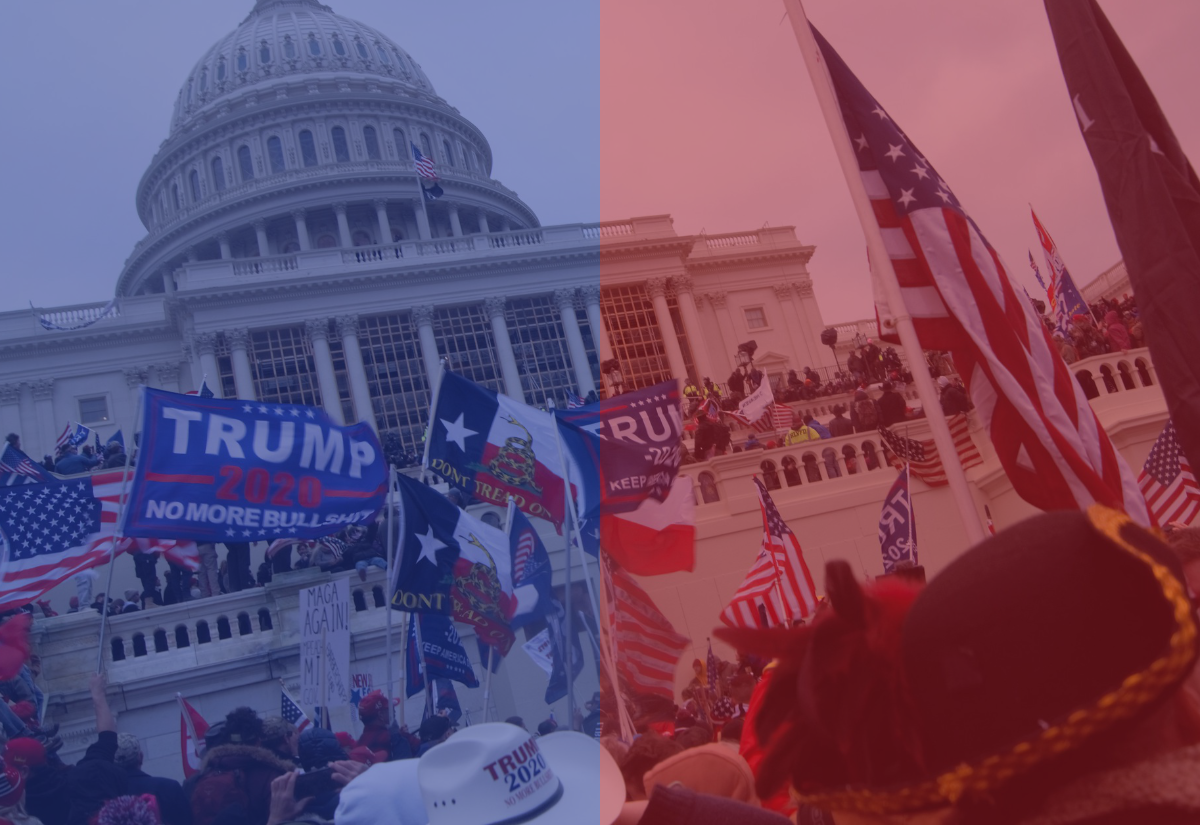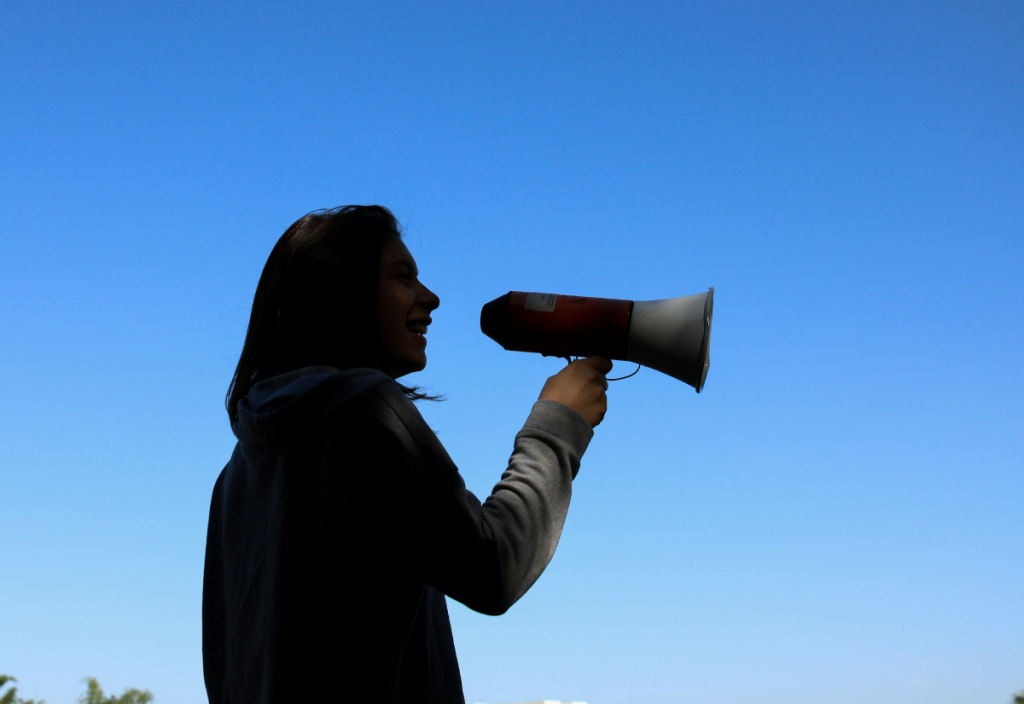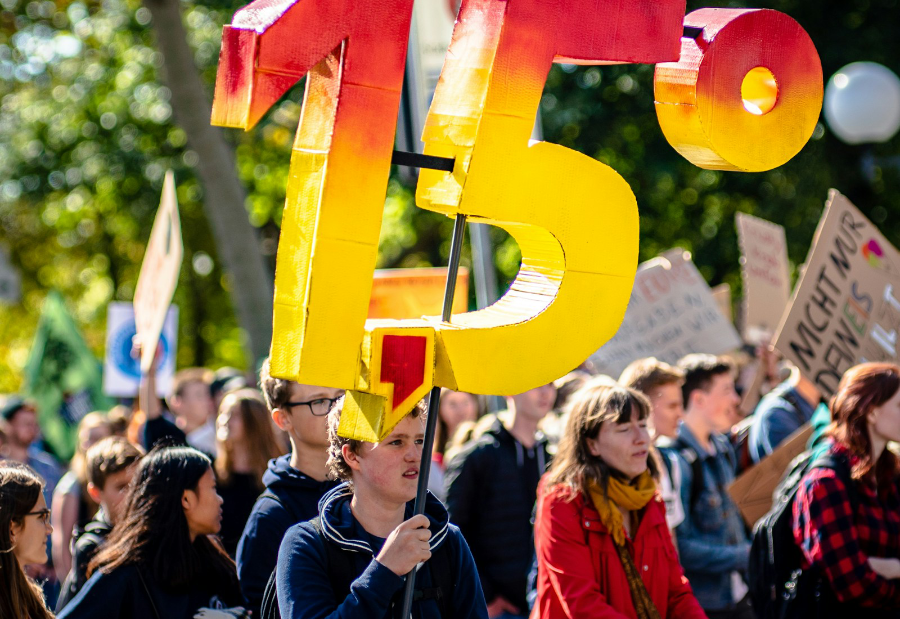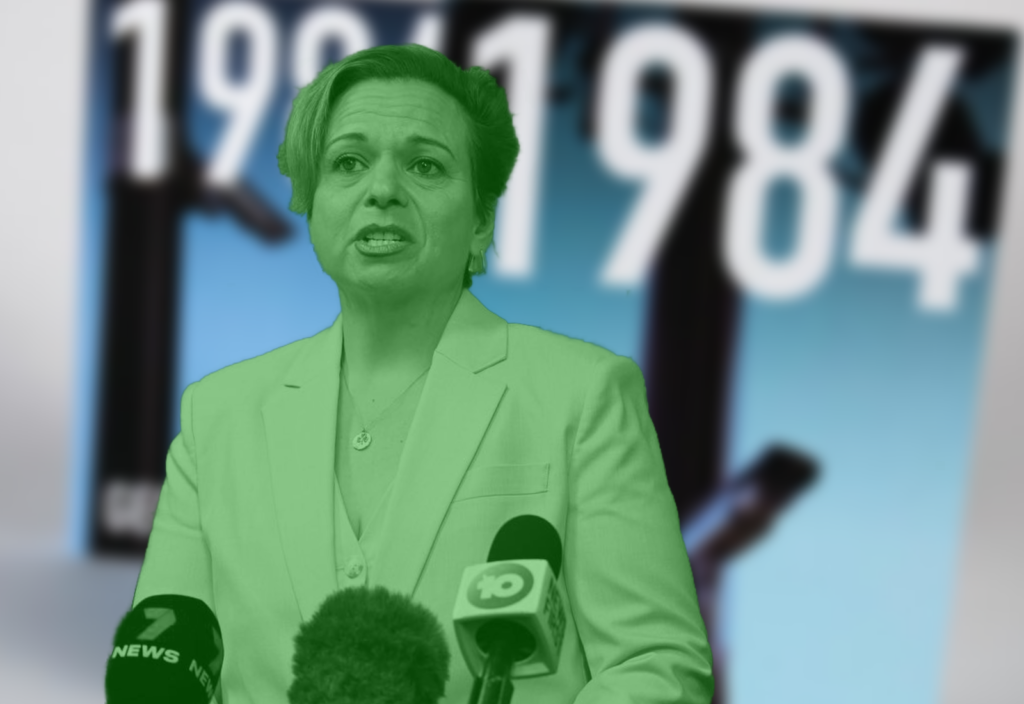There has been much social science research on polarisation recently – some assisted by AI-driven analysis of social media; some of it building on long-accepted social science findings; and some of it, sadly, a victim of the replication crisis which emerged in psychology some years ago.
The concept of cognitive biases underlies many of the polarisation and conspiracy problems, such as belief perseverance in the face of overwhelming evidence in things like a vaccine hoax. Adam Rutherford and Hannah Fry sum up the problem – among many others – in their new book The Complete Guide to Everything (Abridged): Adventures in Math and Science when they implore us all to “be vigilant…because your own brain is trying to trick you.”
An earlier book, Breaking the Social Media Prism: How to Make our Platforms Less Polarising, by the computational social scientist Chris Bail, looks at ideological polarisation, misinformation and the impact of others’ content on our own social media experiences.
Bail initially looks at social media structures and argues they are designed to amplify extreme voices and downplay the moderate views. To test the hypothesis, he ran a long-term experiment with a strong Trump supporter and a left-leaning moderate and found that exposure to content from the other side of the ideological spectrum pushed the pair further towards their existing positions. The left-leaning moderate got more left wing and the Trump supporter increased her attacks on liberals.
Another experiment, however, with a simulated social media site design that brought anonymous users together for conversations found that the participants became more moderate. But, of course, people don’t go to much social media for actual conversations. Bail argues that social media platforms twist reality. As a corollary of this, he argues that people have a desire to explore and experiment with their self-presentation to refine their self-exploration and identity. Social media platforms satisfy or punish this desire through likes, shares and comments.
As Jennifer Golbeck said in a Science review of the book: “Bail’s scientific conclusions are refreshing in a space dominated by informed speculation, and the book offers hope that data-driven solutions can bring us back from the brink.”
Polar opposites
In December 2021, the Proceedings of the National Academy of Science (PNAS) journal published a special feature exploring this and other issues. The feature editors write in an introduction: “The papers explore the impact of information flow networks, the diverse nature of national governance systems, the role of the media and the dynamics of party sorting. They pose a number of key questions. Do the dynamics of such systems follow a natural progression of polarisation and collapse (as Schumpeter argues)? How do migration, globalisation and new technologies such as the Internet affect the trends”. And does this all foreshadow “a natural tendency toward polarisation in nations with two-party systems … ?”
A number of papers explore tip-over points, asking if polarisation can reach a threshold level at which it becomes a runaway process and if this can be stopped. Some of the issues addressed include: the effects of polarisation on levels of tolerance of other views and economic shock; how individual opinion, when it is heavily shaped by peers, leads to increasing partisan bias and factions arguing around a reduced number of issues. Some papers explore how the process speeds up polarisation and reinforces attitudes among party elites. The Republicans have already passed a threshold on this, and Democrats are following.
Needless to say this is also accentuated by political parties deliberately seeking to focus on a small number of issues, reducible to slogans. This allows them to differentiate themselves while simultaneously vilifying the others.
Other parts of the feature focus on the social media networks themselves, exploring, for instance, how individuals may be influenced by the recommendations of others they are linked to. Sticking to favourite networks can lead to polarisation while exploring more widely can moderate opinion. This leads to echo chambers, and the echo chamber effect then leads to increasing polarisation.
Another paper looks at how individuals in some groups develop strong negative views towards other groups. This is culturally influenced. But, interestingly, much is due to financial and social inequality, economic hardship and racial animosities interacting with loyalty to political parties. Essentially, this is an analysis on how people can vote against their own interests – as illustrated by the Trump phenomenon.
In good news for social democrats everywhere, the same paper suggests that wealth redistribution and providing public goods can ameliorate the situation and reduce polarisation. Sadly, this doesn’t seem to be working for Joe Biden yet.
Another paper demonstrates how national commitments to international cooperation evolve as polarisation changes. The more domestic polarisation grows, the more cooperation with other nations suffer. This process is helped by political parties demonising the ‘other’ and constantly referring to threats from the ‘other’ – domestically or internationally. Australia and the US are among the best examples of political discourse in a democracy being largely dependent on the creation of internal and external ‘enemies’.
The papers look at some of the distinctive features of the current US political environment and consider how things could improve or worsen. The editors conclude: “Polarisation is a process and that is what complexity theory can best help us understand. Complexity models can trace dynamics through time given some assumptions about actors’ behaviour and show possible system trajectories for polarisation. The evolution of the system as parameters change and feedback occurs is key. Each model in the special feature makes specific assumptions, and then sets in motion to see how it evolves, thereby showing what can happen to polarisation under varying circumstances.”
In the echo chambers
In 2016, researcher Vicky Chuqiao Yang started work on computer simulations of US politics. It was part of the social science revolution in interrogating data. Mitchell Wardrop, in a PNAS news feature in September 2021, said Yang “was fascinated by the realisation that the ‘left right’ standoff widely described as ‘polarisation’ was not one thing”.
Yang, an applied mathematician at the Sante Fe Institute in New Mexico, argued that: “There are two kinds of polarization that the media and the public often get confused.” One type is issue polarisation – “how much people disagree on policies like what should be the tax rates or what should be the laws to regulate guns.” While those divisions have been widening, Wardrop says they aren’t “nearly as incendiary as social or ‘affective’ polarisation which is about anger, distrust, resentment, tribal identity and mutual loathing”.
“Researchers are trying to understand why social polarization is on the rise and—perhaps more importantly—what we can do about it. Can we find solutions by focusing on racial anxieties, conspiracy theories, and social media echo chambers that endlessly reinforce a single viewpoint? Or do we also need to look for more fundamental forces at work?” says Wardrop.
Wardrop reports that Dartmouth University in the US is exploiting the fact that researchers now have the computational power to run complex simulations and models, as well as access to huge amounts of real-world data on political opinion. While there is a risk involved in this, as Michael Mas at Karlsruhe Institute of Technology in Germany says, “we always have to be very careful with drawing conclusions about how to intervene because these models are based on assumptions. So if these assumptions happen to be false, even in small ways, the predictions can change dramatically.”
Wardrop outlines four basic strategies to address the problems. Michael Macy at Cornell University is using all four but stresses the classic method of observation using surveys and historical data to track whether polarisation has increased or decreased over time, drawing on surveys going back to the 1990s.
The second is to analyse the data now available from the internet to understand “who listens to whom and how ideas spread through the resulting social network like a contagion”. A third strategy is the experimental approach in which you observe the actual behaviour of communities and social media. The fourth strategy is the use of models in the form of mathematical equations or computer simulations.
Macy suggests that the interplay of two sociological forces has produced some of the most interesting results: the ‘influence’ effect, which shows how people who interact a lot end up thinking and acting similarly; and homophily, which describes how people are drawn together
In 1977, Robert Axelrod developed a model of culture formation which anticipated much of the current US Republican-Democrat split and the emergence of powerful echo chambers. His modelling of people as ‘agents’ interacting with each other led some to converge and others to never talk to the others again.
A significant factor in this is the role played by negative emotions which can turn both influence and homophily inside out. Wardrop cites Noah Friedkin from University of California Santa Barbara in suggesting this stems from the concept of balance theory developed in the 1940-50s. In this theory, people’s opinions and feelings reinforce one another through a feedback loop. If you like someone, you start to think and act like them.
In the balance theory situation, there is a complicated evolution of feelings and opinions which reaches a stable equilibrium. There are only two situations possible in this theory – the first being a “big happy clique where everyone is friends with everyone else” and the second being a situation where the group splits into two cliques.
Much of this might be random choice, according to David Garcia, of Graz University of Technology in Austria. He was part of a team which looked at a balance theory model in which participants could have opinions on many issues. Quite quickly the adherents reached the ‘if you’re not with me, you’re against me’ position.
Graz mused as to whether much of our left-right division isn’t about issues but a result of random choice. This musing was given some substance by Macy in 2019 when he was part of a team which recruited 4000 self-identified Republicans and Democrats and asked their opinions on ‘emerging controversies’. No-one had a pre-existing position because the issues were made up for the experiment.
Whenever one group was aware of what earlier participants had said before making their own choice, Republicans would combine on one side and Democrats the other. In subsequent trials, when different subjects were asked about the same made-up issue the two parties would often end up with reversed positions.
Cause for pessimism
If you’re optimistic about reforming social media as a panacea, think again, Wardrop says. Researchers are still arguing about how much social media actually contributes to polarisation. “According to some studies, in fact, the algorithms that determine what users see in their feeds are just bit players; most of the online divisions come from people sorting themselves the way they always have, through birds of a feather homophily.”
When Chris Bail and team tested the idea of opening up the echo chambers by getting 1600 Republicans and Democrats to follow bots which periodically showed them tweets from the other party, it didn’t lead to moderation. People mostly recoiled from discordant information, with Republicans becoming significantly more conservative.
And there may be some bad news for parties spending millions on advertising in the forthcoming Australian election. Wardrop reports that research by Antonio Sirianni of Dartmouth University that suggests a campaign which pushes too hard or deploys too much political advertising might actually radicalise their base and render them less likely to attract people to their views.
This article is published in two parts. You can read Part 2 here.
The article was originally published on the author’s blog.
Photo by Tyler Merbler on Flickr (republished under Creative Commons)














